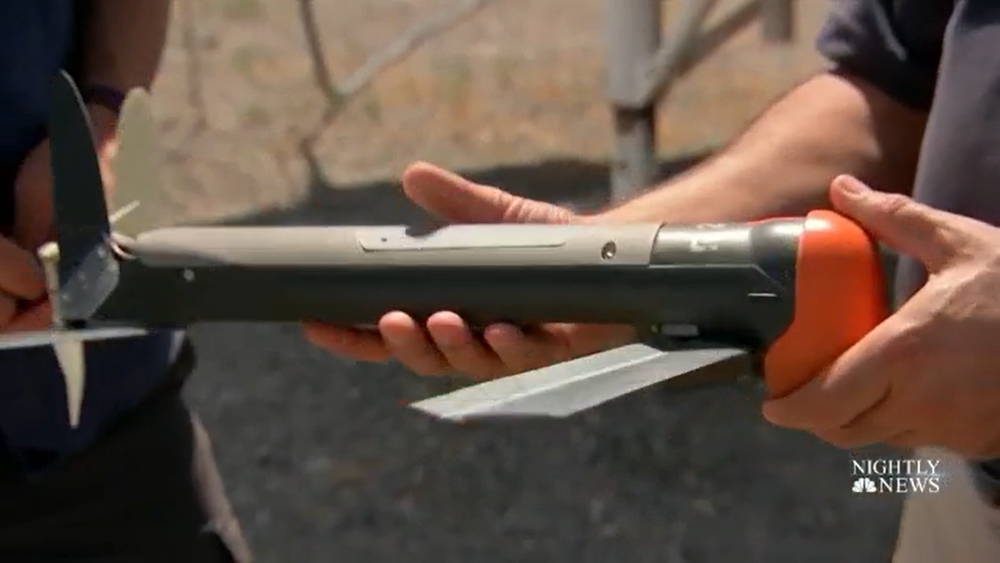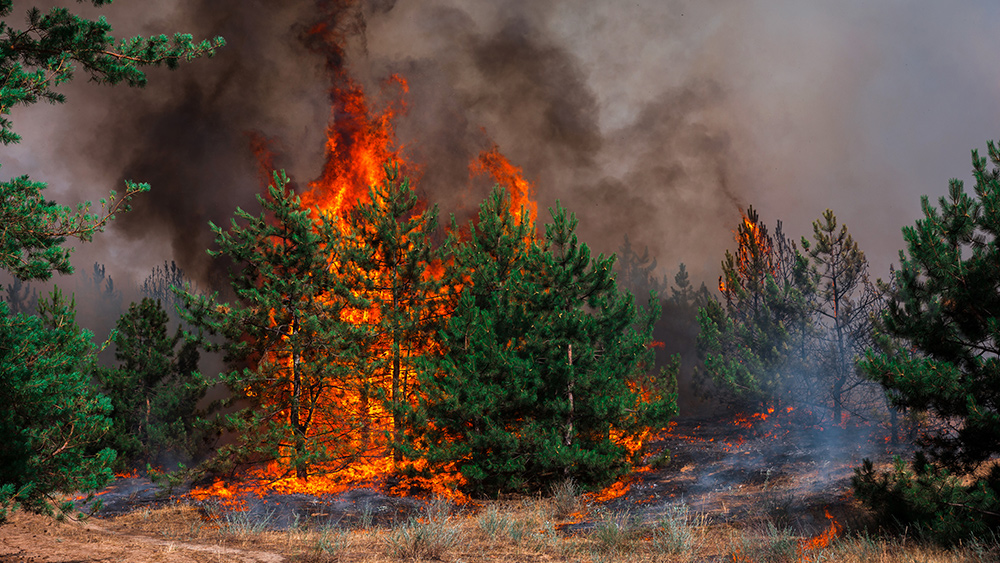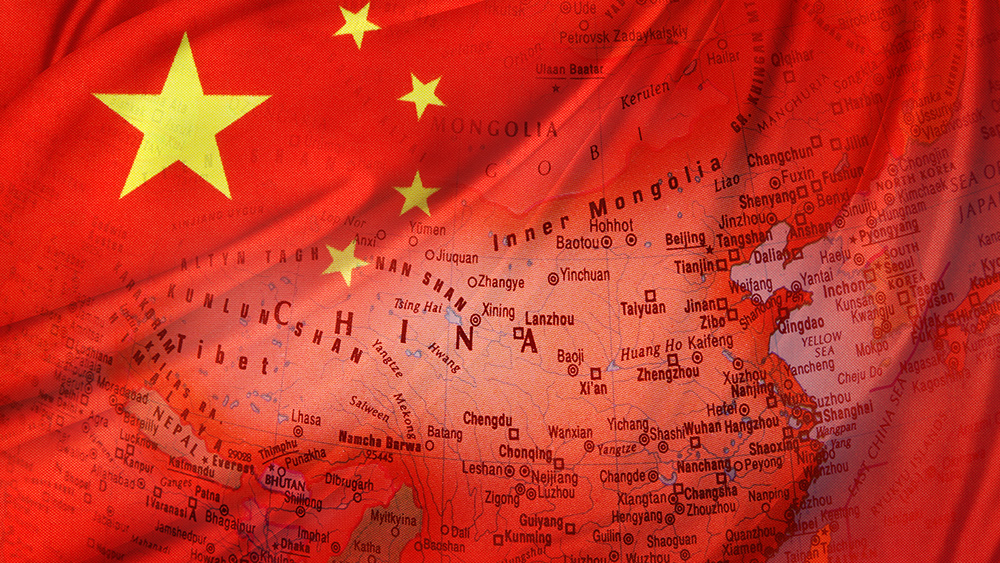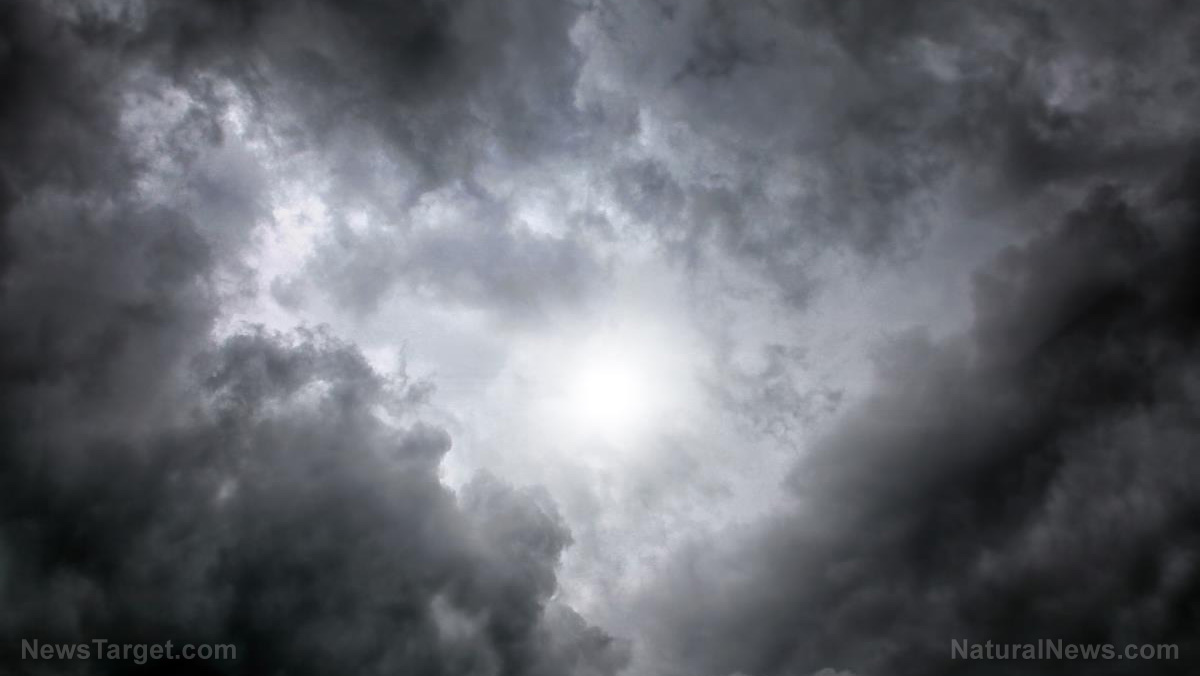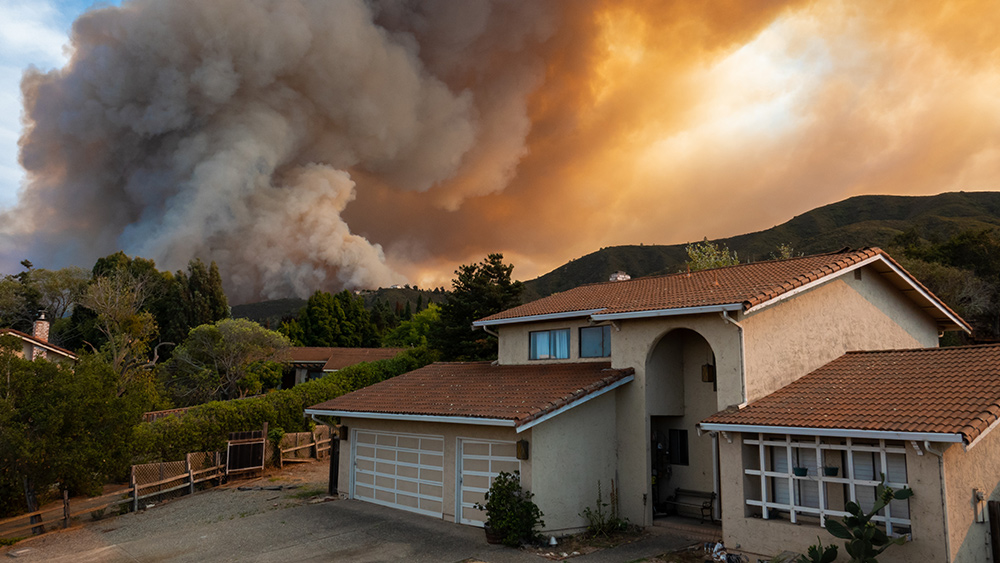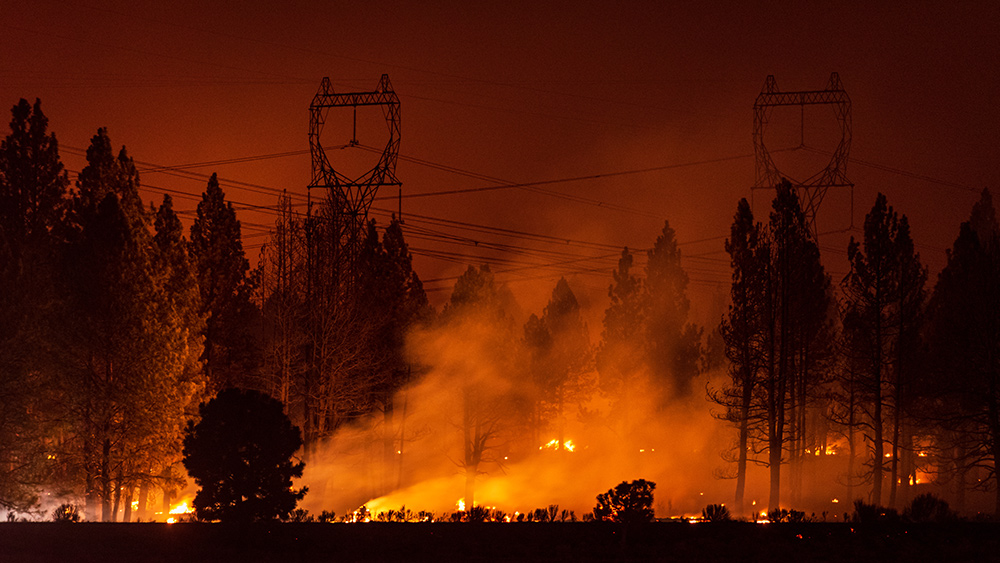Severe DROUGHT affecting Panama Canal threatens at least 40% of the world’s cargo ship traffic
09/01/2023 / By Zoey Sky

A severe drought is threatening to disrupt shipping on the Panama Canal, the crucial waterway responsible for transporting 40 percent of the world’s cargo ship traffic.
An estimated two-thirds of the canal’s traffic is either headed for or leaving the United States. The products that typically ship through the canal include petroleum products, grains, canned and refrigerated foods, machinery equipment, coal and many others.
The Panama Canal is the linchpin connecting the Atlantic and Pacific Oceans. Passing through the canal helps save time and billions of dollars by offering ships an efficient shortcut around the tip of South America. However, Boris Moreno, vice president of operations for the canal, has warned that the Panama Canal system depends on lakes whose levels are now “close to the minimum.”
The region home to the canal has experienced an unprecedented dry season, leading to a substantial decline in water levels within the canal, which needs fresh water to operate. This has resulted in disruptions to the Panama Canal’s daily operations, with the number of vessels passing through daily reduced from 36 to 32. The disruption has also caused delays and traffic congestion at sea.
Some ships are also being forced to carry at least 40 percent less cargo to avoid hitting the bottom while passing through areas with low water levels.
The drought has crippled the passage of cargo ship traffic because moving ships through the Panama Canal’s system of locks requires vast amounts of fresh water, ranging from 55 to 125 million gallons per ship, depending on the size.
Most of the water usually gets flushed into the ocean.
Because of the drought, the Panama Canal Authority is enforcing methods to store and reuse some of the water.
The authority is thinking of diverting water from other rivers and constructing additional reservoirs because the lakes that feed the canal are also the primary source of drinking water for Panama City.
Antonio Dominguez, managing director for Maersk, a Danish shipping and logistics company and the largest single user of the canal, has expressed his worries that a long-drawn drought could cause delays and increased costs for shipping. He added that such delays may potentially affect Christmas merchandise and other consumer goods, at the same time also making things “more expensive.” (Related: Worsening DROUGHT creates “big mess” at Panama Canal; 200 ships stuck in major BOTTLENECK at one of world’s most important trading routes.)
Experts worried about long-term effects of droughts
Maritime transportation experts have also warned that the dry condition could become the “new normal” in Panama, the world’s fifth-wettest country. This could affect the ocean shipping industry that moves 80 percent of global trade.
Because of the droughts, ship owners are being forced to consider carrying less cargo; using alternate routes that can add thousands of miles to the trip; or waiting in queues that earlier in August have backed up 160 vessels and delayed some ships by as many as 21 days. The restrictions are already sending China-U.S. spot shipping prices up by at least 36 percent.
Peter Sand, chief analyst at Xeneta, an air and ocean freight rate benchmarking platform, said canal operators are also struggling because they are dealing with maritime trade disruption.
Operators also have to prepare for what could be an even drier period in 2024.
El Nino contributing to canal drought
A naturally occurring El Nino climate pattern linked to warmer-than-usual water in the central and eastern tropical Pacific Ocean is contributing to Panama’s drought.
According to data from the canal authority and the Smithsonian Tropical Research Institute (STRI), the area around the Panama Canal is experiencing one of the two driest years in the country’s 143 years of keeping records. Rainfall measurements around the area are at least 30 to 50 percent below normal.
Water levels in Gatun Lake, the rainfall-fed principal reservoir that brings ships through the Panama Canal’s lock system, have also remained below normal despite accumulation from the current rainy season.
Steven Paton from the STRI explained that a potential early start to Panama’s dry season and hotter-than-average temperatures that are common with major El Nino events in the country could increase evaporation from Gatun Lake and cause near-record low water levels by March or April 2024.
Paton, who has monitored rain patterns in the Central American country for more than three decades, warned that this is the “perfect storm of events.”
The frequency of major El Nino drying patterns has increased substantially during the last 25 years of the Panama Canal’s 109-year history. If that continues, Paton said some of the largest ships using the canal would have a harder time sailing through it.
Visit SupplyChainWarning.com for more updates about supply chain disruptions across the globe.
Watch the video below to learn more about current supply chain issues and the decline of the dollar.
This video is from the High Hopes channel on Brighteon.com.
More related stories:
Weather forecasters: El Niño is coming this summer and will likely stretch into winter.
FOOD CRISIS BREWING: Robusta coffee bean prices hit 12-year record high amid El Nino threat.
Amazon, DHL reduce cargo flights as consumer demand weakens.
Sources include:
Submit a correction >>
Tagged Under:
Bubble, climate, commerce, disaster, Drought, ecology, economic riot, economy, environment, global commerce, market crash, Panama Canal, risk, shipping, ships, supply chain, trade, trading route, weather terrorism
This article may contain statements that reflect the opinion of the author
RECENT NEWS & ARTICLES
COPYRIGHT © 2018 PANIC.NEWS
All content posted on this site is protected under Free Speech. Panic.news is not responsible for content written by contributing authors. The information on this site is provided for educational and entertainment purposes only. It is not intended as a substitute for professional advice of any kind. Panic.news assumes no responsibility for the use or misuse of this material. All trademarks, registered trademarks and service marks mentioned on this site are the property of their respective owners.



